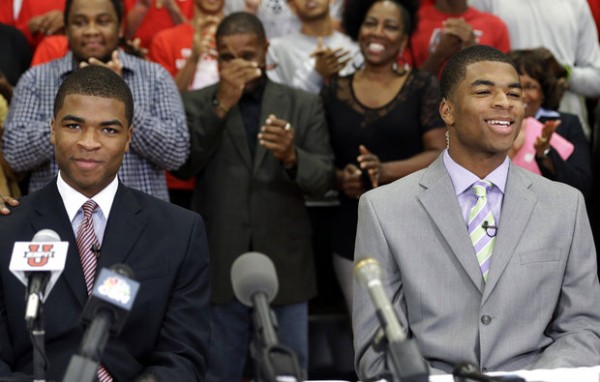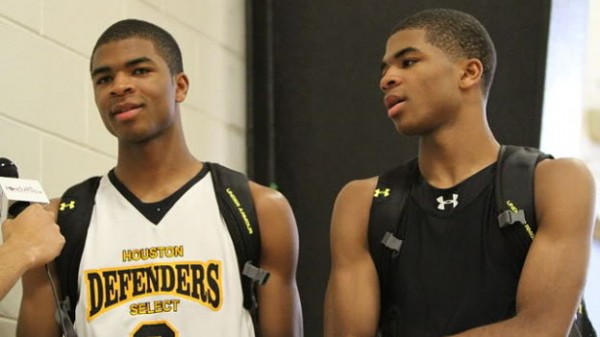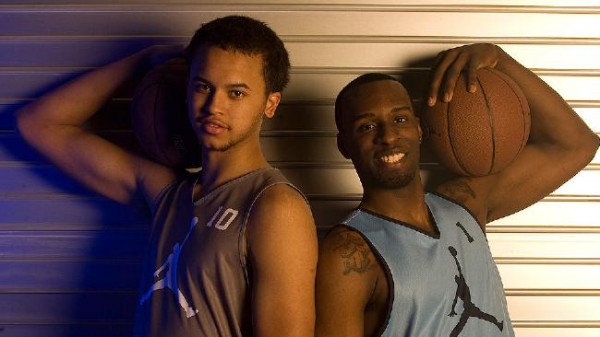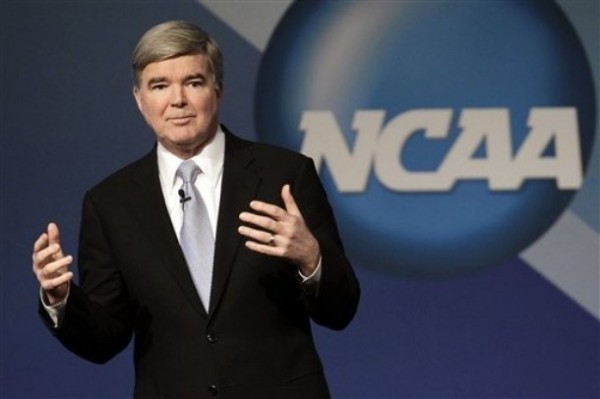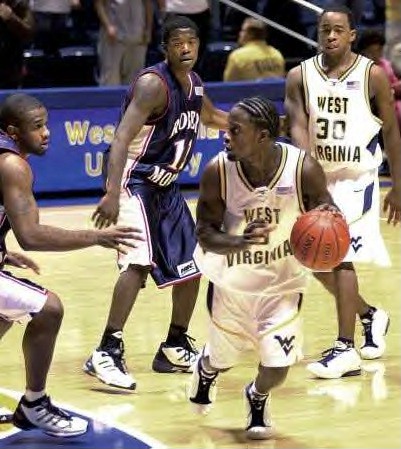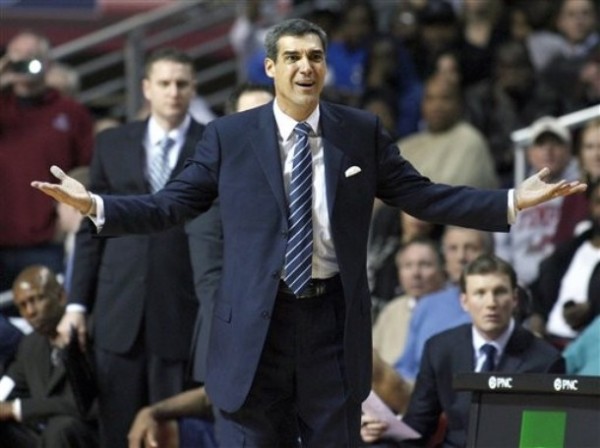Change In LDS Mission Age Standards Could Affect Jabari Parker’s Recruitment and BYU’s Recruiting Strategies
Posted by Chris Johnson on October 9th, 2012Chris Johnson is an RTC Columnist. He can be reached @ChrisDJohnsonn.
For a player with transcendent basketball talent and potential, a No. 1 recruiting ranking, Sports Illustrated coverboy hype, and the enormous expectations of living up to the unfair if burdensome labeling as “The Best High School Basketball Player Since LeBron James,” Jabari Parker’s immediate basketball future isn’t as simple as what meets the eye. In a vacuum, you’d think a player like Parker would go on to a high-major powerhouse, with practically no limits on his range of destinations. He would enjoy a high-profile one-year existence on the college scene, send his draft stock through the roof as he dominates the competition, accumulate numerous accolades and generate widespread debate over the fairness of the NBA’s one-and-done age stipulations and, hopefully, have some fun along the way before joining the professional ranks. But Parker, as you may have heard (and if you haven’t, I heartily recommend visiting the timeless SI vault for Jeff Benedict’s brilliant feature), is not like most No. 1 recruits. For one, Parker – cover story notwithstanding – has deftly insulated himself from the growing high school and grass roots hoops media spotlight, instead funneling pertinent information through his parents and, on occasion, Twitter. Up until this weekend, when Parker cut his lengthy list of suitors down to five schools (Duke, Michigan State, Stanford, BYU and Florida), the Chicago Simeon (IL) product kept his preferences under wraps – Even after narrowing down his list, we still don’t have a great feel for where Parker will eventually end up. Perhaps most puzzling, particularly in light of the Harrison twins recent commitment to Kentucky after a heated six-year courtship with Mark Turgeon at Maryland, is Parker’s elimination of the Wildcats from his list. It’s not often you see a recruit reject John Calipari, nor is it normal for any prospect – no matter his ranking – to turn down Kansas and North Carolina; these days, if you’ve already rebuffed Coach Cal, dropping the Jayhawks and Tar Heels is borderline irrational.
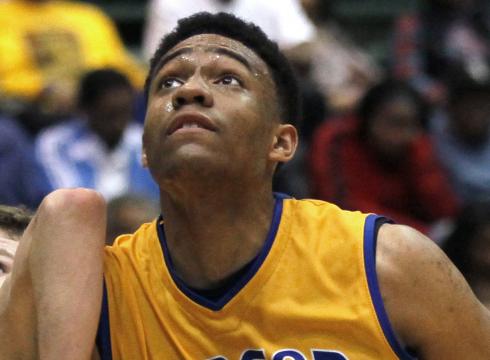
The age adjustment, which presents a roundabout way in which Parker could enter the NBA without playing in college, could affect Parker’s college hoops timeline (Photo credit: Charles Rex/AP Photo)
By conventional blue-chip recruiting standards, Parker’s recruitment is unusual. This much is clear. But it’s his personal background that could alter his college basketball timeframe. Thanks to a newly-imposed age requirement for religious missions in the Church of Jesus Christ Latter-Day Saints, Parker, a practicing Mormon, is rethinking how he schedules his two-year sojourn. Sonny Parker, Jabari’s father and media conduit, told ESPN Chicago’s Scott Powers Monday that Jabari has not decided on when, or if, he will serve his mission, but that the new rule – which lowered the threshold for mission service age to 18 for males and 19 for females – could influence the way his son handles his religious and basketball priorities. The rule change eliminates the divided eligibility timeline whereby Mormon players play one season with their respective programs, leave for two years on religious duty, then finish out their eligibility at a later date. But for Parker, the downshift may not matter. According to Powers, Parker is exploring new ways to fulfill religious obligations without embarking on a conventional two-year mission. This is the same path taken by former BYU guard Jimmer Fredette and quarterback Steve Young, who Parker spoke with to gain a greater perspective on handling service requirements. In the most extreme case, Parker could serve his mission after high school, circumvent college basketball altogether and enter the NBA Draft upon returning. The latter seems remotely improbable. Spending two years away from high-level competition at arguably the most important time of Parker’s basketball career could jeopardize his NBA future. However he chooses to handle his religious obligations, the final stretch (he expects to commit in November) of the Jabari Parker recruiting saga will be fascinating to watch.





























